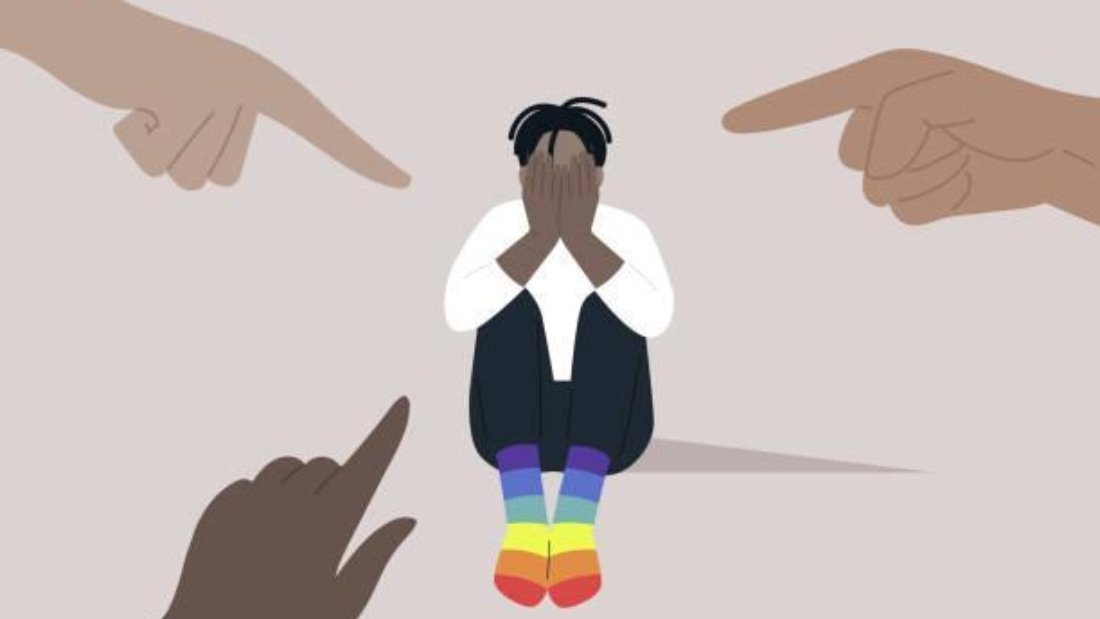Attention-deficit/hyperactivity disorder (ADHD) is a common neurodevelopmental disorder that affects children and can continue into adulthood. It is important for parents to understand the three ways that ADHD can present itself in order to better support their child.
The first way that ADHD can present itself is through inattentiveness. Children with this presentation may exhibit characteristics such as being easily distracted, forgetful, and having difficulty staying organized. They may struggle to follow through with tasks and often seem to be “in their own world.” Parents may notice that their child has trouble paying attention in school and may appear as though they are not listening when spoken to.
The second way that ADHD can present itself is through hyperactivity. Children with this presentation may be constantly on the go, fidgeting, and talking excessively. They may have trouble sitting still, waiting their turn, and may interrupt others frequently. Parents may observe that their child is always moving, has trouble playing quietly, and seems to have an endless supply of energy.
The third way that ADHD can present itself is through impulsivity. Children with this presentation may act before thinking, have difficulty controlling their impulses, and may blurt out inappropriate comments. They may have trouble waiting their turn and often engage in risky behaviors without considering the consequences. Parents may notice that their child frequently interrupts conversations, struggles with patience, and has trouble following rules.
Understanding the different ways that ADHD can present itself is crucial for parents as it can help them better understand their child’s behavior and provide the appropriate support. It is important to remember that no two children with ADHD are the same, and their individual presentation may vary. It is also important for parents to seek professional evaluation and support if they suspect their child may have ADHD.
By being aware of the different presentations of ADHD, parents can take steps to create an environment that supports their child’s unique needs and helps them succeed. With patience, understanding, and the right resources, parents can effectively support their child with ADHD and help them thrive.










